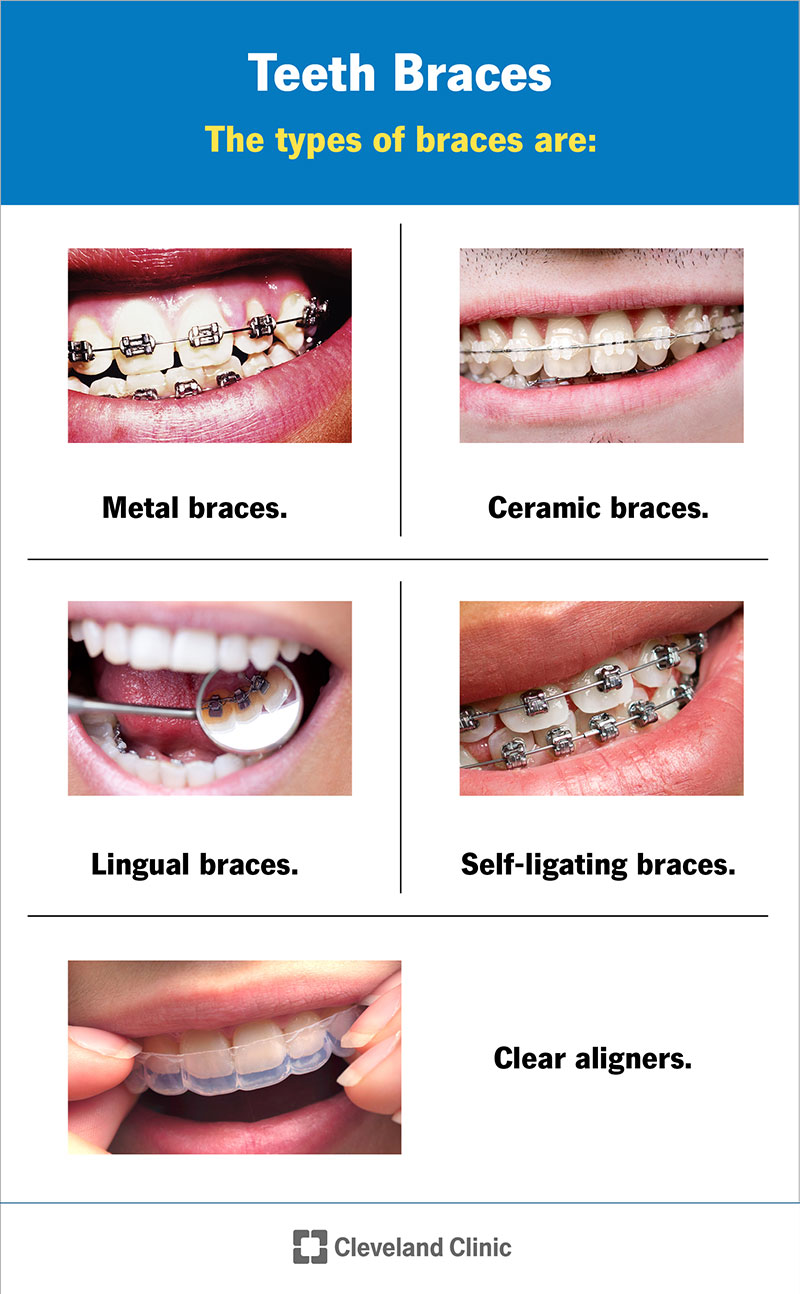Comprehensive Overview to Orthodontics Treatments for Correcting Oral Misalignments
In the world of orthodontics, the trip to achieving a completely lined up smile entails a myriad of procedures tailored to fix oral imbalances. From typical braces to undetectable aligners and also medical options, the field of orthodontics uses a series of solutions to deal with varying degrees of dental irregularities. Recognizing the complexities of each procedure, including their devices, advantages, and potential drawbacks, is vital in making educated decisions regarding one's orthodontic therapy. As we browse via the thorough guide to orthodontic procedures for remedying dental misalignments, the complex information of each technique will unfold, shedding light on the path towards a useful and harmonious dental positioning.
Orthodontic Procedures Review

Normal changes and tracking are essential components of orthodontic therapy to ensure development is on track and to make any kind of necessary modifications along the way. By going through orthodontic procedures, clients can not only achieve a straighter grin but additionally improve their overall dental wellness and feature.
Typical Dental Braces: Just How They Function
When taking into consideration orthodontic treatments for oral misalignments, conventional dental braces stand out as a time-tested approach for correcting teeth positioning. Typical braces consist of braces, wires, and bands that work with each other to use continuous stress on the teeth, progressively relocating them into the wanted placement.
One secret facet of just how traditional dental braces work is the process of bone makeover. As pressure is put on the teeth with the dental braces, the bone bordering the teeth is improved to sustain the new tooth positions. This renovation is crucial for the long-term stability of the corrected positioning. Individuals will certainly require regular adjustments at the orthodontist's office to guarantee the dental braces remain to apply the appropriate pressure for reliable teeth motion.
Unnoticeable Aligners: Cons and pros
Unnoticeable aligners provide a convenient and very discreet choice to typical braces for correcting dental imbalances. These clear, custom-made trays are virtually invisible when put on, making them an appealing option for people looking for a much more aesthetically pleasing orthodontic treatment. Among the key advantages of invisible aligners is their removability, permitting less complicated upkeep of oral health contrasted to standard braces. Clients can remove the aligners prior to eating or brushing their teeth, lowering the threat of food getting stuck in the appliance and simplifying the cleaning procedure.

Surgical Orthodontic Options
Surgical interventions in orthodontics present practical alternatives for addressing complex dental imbalances that might not be effectively resolved through conventional orthodontic treatments. While unnoticeable aligners and conventional braces can correct many orthodontic issues, particular cases need medical treatment to accomplish ideal results. Surgical orthodontic options are typically recommended for extreme malocclusions, substantial jaw inconsistencies, and situations where the underlying bone structure requires modification to achieve proper alignment.
One read the full info here common medical orthodontic procedure is orthognathic surgery, which entails repositioning the jaws to deal with useful problems such as trouble eating or speaking. This surgical procedure is often executed in partnership with an orthodontist who aids line up the teeth before and after the treatment. Surgical orthodontics may additionally entail treatments to expose influenced teeth, eliminate excess periodontal cells, or improve the jawbone to develop an extra harmonious facial profile.
Prior to thinking about surgical orthodontic choices, people go through an extensive analysis to determine the requirement and potential advantages of such treatments. cumming aligners. While surgery may appear overwhelming, it can considerably boost both the function and visual appeals of the smile in instances where standard orthodontic therapies drop short
Retainers and Post-Treatment Care

Failure to abide with post-treatment treatment directions can result in relapse, where the teeth slowly move back towards their initial positions. Regular retainer wear, great dental hygiene, and regular dental check-ups are necessary for keeping the results achieved through orthodontic surgical procedure and ensuring the long-lasting security of the dealt with dental placement.
Final Thought
To conclude, orthodontic procedures provide different choices for remedying oral misalignments. Traditional dental braces use steel braces and wires to move teeth right into correct placement. Invisible aligners give a more very discreet option yet might not appropriate for all cases. Surgical orthodontic alternatives are readily available for more severe imbalances. Retainers are frequently utilized post-treatment to keep the new positioning. Generally, orthodontic treatments can effectively boost dental health and wellness and do dental visual look.
As we navigate with the thorough overview to orthodontic treatments for dealing with oral misalignments, the intricate information of each approach will unfold, shedding light on the path towards a functional and unified oral alignment. - orthodontist
One of the most typical orthodontic therapies is the usage of braces, which consist of metal braces and cords that use gentle stress best family dentist to slowly move teeth into the preferred placement.When considering orthodontic treatments for oral imbalances, traditional dental braces stand out as a time-tested approach for dealing with teeth placing. Additionally, invisible aligners may not be ideal for complicated orthodontic problems that need even more substantial teeth motion, as they are usually advised for light to moderate situations. Retainers are tailor-made orthodontic devices designed to hold teeth in their corrected settings after the completion of orthodontic treatment.